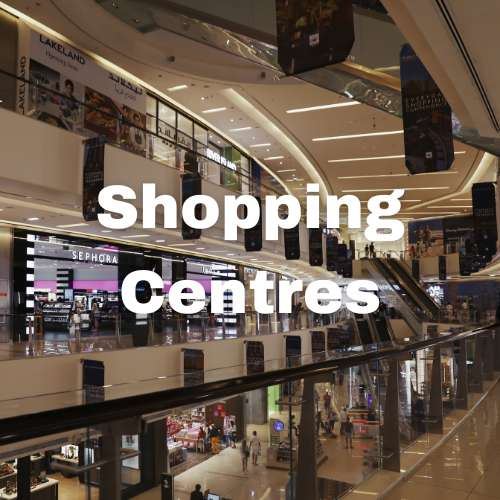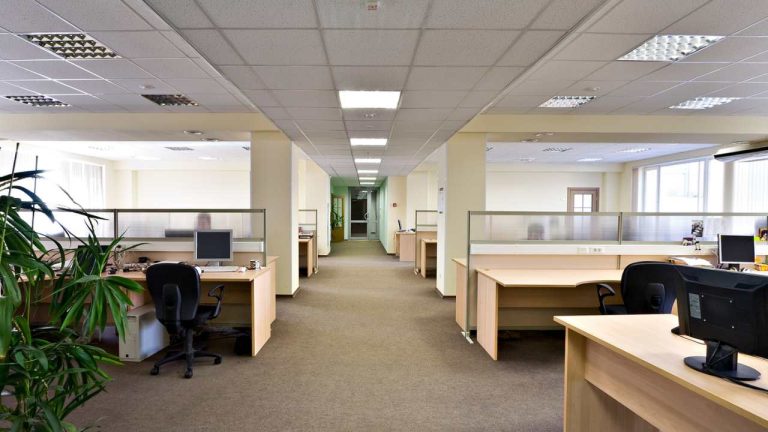The 10 Things to Look for in Tenant Mix Analysis in Retail Shopping Centers
A tenant mix will change quite a lot of things in investment property performance, be it in an office or retail property. A good tenant mix will support income and occupancy, whilst a poor mix will lift vacancy factors and upset rental returns.
Tenant Mix Assessment
So a property manager or leasing expert should be concentrating on improving the overall content and stability of the mix for the landlord that they serve. Here are some ideas to help that happen:
- Lease expiry dates – It is not wise to have a lot of leases expiring at the same time of year in any single property. On that basis all lease negotiations should be crafted and set with the bigger picture of expiry dates and occupancy in mind.
- Lease option dates – Some tenants like to have an option in their lease for an ongoing occupancy. Whilst that may not be a bad thing to merge into a lease negotiation, the matter really does depend on the property, the landlord, and the prevailing market conditions. If an option for a further term is to be given, how can the rent be aligned to current market conditions? That is a question to be considered in creating lease documentation.
- Current vacancies – When looking at a property and the tenants internally, understand where the vacant areas are or are soon to be. Upcoming vacancies can be a great worry to cash flow. The question should be considered as to how a vacancy can be avoided or minimised.
- Permitted use compliance – Some tenants like to ‘bend the rules’ when it comes to the use of premises. It always pays to do a routine check of property usage. The larger the property the more complex that requirement.
- Market rents versus lease rents – Some rents under lease conditions will get out of balance or alignment to market rent conditions. You can see that problem if you specialize in both a property type and a location. You will see when rentals are out of balance to the rest of the property market.
- Occupancy costs – Remember that occupancy costs are not just rent, but also outgoings and other sundry charges associated with the overall property. The question to be aware of is how those numbers compare to other similar properties in the same location.
- Clustering – Look at how tenants interact with each other and how that clustering process works. If you focus on any lease negotiation taking into account clusters of tenants around the vacancy, the overall tenant mix can be strengthened.
- Signage – Poor signage will detract from a property and the mix of tenants. Customers visiting a property quickly see branding and signage discrepancies; in shopping centers that can be a real problem. The same can be said for internal signage in particular shops. Check out the signage and you will soon see tenants that are not addressing the issue carefully. Don’t let them drag down the rest of the property and image of the asset.
- Major tenant occupancy – Anchor or major tenants are critical to the financial strength of a multi tenanted property. Look at the lease terms and conditions that apply to all anchor tenants. Understand when the threat of vacancy or lease termination may be coming up.
- Overall property maintenance and appearance – With some landlord self-managed properties the levels of maintenance can be less than desirable. Some landlords leave maintenance decisions to the very last moment or the point in time where plant and machinery will fail. Whilst it is nice to save money in property running costs, poor maintenance cycles will detract from property performance over time and potentially escalate the vacancy factors.
So the message here is that you can look at many important things in assessing tenant mix and retail property performance. It is an interesting part of the property industry to specialize in.






